The opinionated part is that this review assumes the main purpose of team collaboration software is to serve the communications needs of the team using it. If you are more in the market for a tool that organizes across projects and teams, focuses on reporting productivity or tracks hours billed then this review will not be as useful. You have to have a main purpose in mind when you choose your team’s tools because software that does it all would be too complex to do any of it well.
Here we’re also going to assume that your video conferencing and direct messaging needs are out of scope. I don’t think the addition of synchronous communication will make a big difference in your choice of asynchronous tools. Most likely the best in class asynchronous team collaboration tool wins regardless of whether or not it has integrated video conferencing and synchronous messaging.
Uclusion
Where do your requirements go?
In a workspace’s description:
Somewhat like Wiki when the description changes everyone will be notified and see a diff.
Where do your stories go?
In swimlanes showing what each person in a workspace is up to. Note that you can only have one story in progress per Workspace and so you always know what is actually being worked on.
Where does your communication about requirements and stories go?
Structured, resolvable comments in a workspace or story. If you open a blocking comment it blocks, a TODO must be closed before changing stage, etc.
You can also reach a decision about requirements or implementation of a story in a dialog:
Finally you can kick of a new project or direction by launching an initiative which has up down voting with certainty and reasons:
How do you know what everyone has done, will do now and will do next?
The swimlanes shown above already display at a glance what everyone is up to but in addition you are prompted to vote certainty, days estimate and reason on the assignment of a story right inside the tool without having to have additional meetings.
Trello
Where do your requirements go?
In cards on a Kanban board. According to Trello it would look something like this:
](https://res.cloudinary.com/practicaldev/image/fetch/s--Bg86aBb_--/c_limit%2Cf_auto%2Cfl_progressive%2Cq_auto%2Cw_880/https://cdn-images-1.medium.com/max/2798/1%2ASyivUYnBLEAvsTst1hSrQA.png) From https://trello.com/en-US/teams/engineering
From https://trello.com/en-US/teams/engineering
Where every requirement, no matter how small, gets its own card in an ever growing backlog.
Where do your stories go?
Same place.
Where does your communication about requirements and stories go?
How do you know what everyone has done, will do now and will do next?
Trello recommends the daily updates power up:
Trello + Slack
Like the Trello solution except now some of your messaging will no longer be co-located with the requirement or story it is about and instead scroll up the screen hoping to be noticed before it disappears.
Trello + Slack + Google Docs
We asked someone what they liked about this solution and they said, “Everything integrates well with each other.”
Azure DevOps
Where do your requirements go?
Kind of laborious but you could put the requirements in an Epic and then link Issues to the Epic:
Where do your stories go?
Following the above idea (Azure DevOps is non-opinionated software) they go in issues and issues have their own Kanban display like above.
Where does your communication about requirements and stories go?
Rudimentary commenting inside the cards like Trello.
How do you know what everyone has done, will do now and will do next?
Filter the Kanban board by assigned. You can add columns to the Kanban board and you can also add what is called swimlanes to the columns (like a subcolumn). However this approach is unlikely to tell you much because Azure DevOps encourages backlogs. So its a bit like looking at someone’s email Inbox to figure out what they are doing.
Essentially Azure DevOps, Jira, Linear and others are designed for issue tracking - smaller, potentially customer driven, problems that are less about approval and design and more about cranking out on a schedule. Using an issue tracker is a good idea for anything that does not require much collaboration.
Asana
Same as Trello in use of a Kanban board but comments inside a card look like this
and if you want to know what people are up to you apparently create a whole different Kanban board and search inside each card one by one.
Monday.com
Less of a collaboration tool and more of a pre built spreadsheet:
Clubhouse
Less of a collaboration tool and more like a database barfed on you. Do your requirements go in an Epic or a Project? Or maybe you use a Workflow?
Supposedly there are swim lanes like Uclusion has but after 30 minutes of really trying I was unable to get them to show. The way to compete with Jira is not by being more complex.
Zepel
Where do your requirements go?
In their own list:
Where do your stories go?
On a Kanban board which is a different view of the requirements list:
Where does your communication about requirements and stories go?
A requirement and the story to do a requirement share a card so you can comment inside of it:
How do you know what everyone has done, will do now and will do next?
I wasn’t able to find any way to do this. You can generate a burn down / up report
but going back to our opinionated purpose how is this report actionable for the team doing the work? It doesn’t say who is blocked on what or give any indication of progress reports etc.
Favro
Again the opinionated issue comes up — are we optimizing for ease of development or ease of reporting? Or put another way is it more important that stories get done or that they get done on a certain timeline?
There could well be situations where the timeline is the more important factor. For instance suppose this is a situation where zero creativity is required and success is solely dependent on speed of doing a multitude of straight forward tasks.
Microsoft Teams
According to Microsoft support you can add a Kanban board by
Teams literally does everything — chat, boards, wiki, conferencing, screen sharing, you name it. Reviewing it as a solution is like reviewing a laptop as a team collaboration tool; a team that collaborates is likely to have laptops and they also may be using Microsoft for something.
Notion
Similar to Teams but even more so Notion is more like a high level programming language for collaboration applications. Excellent if you want something specific that you are willing to build yourself or you want to share finished content that you worked on by yourself.


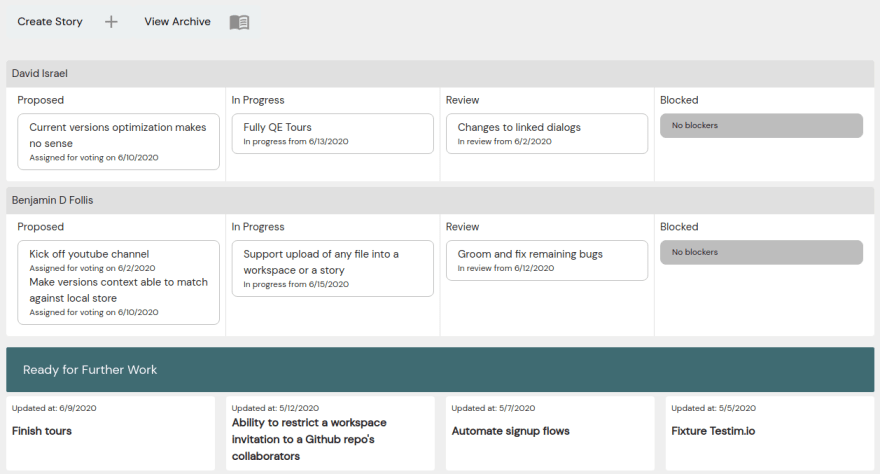

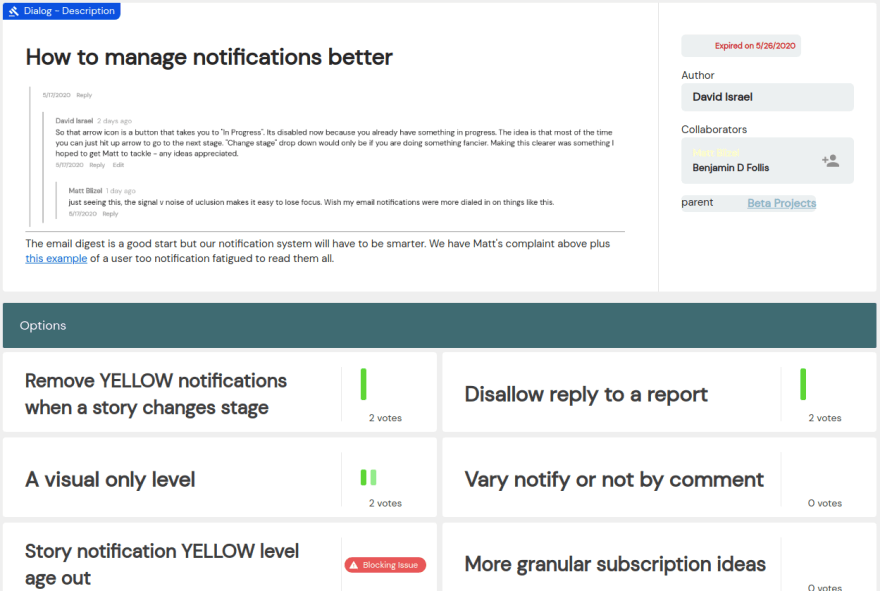
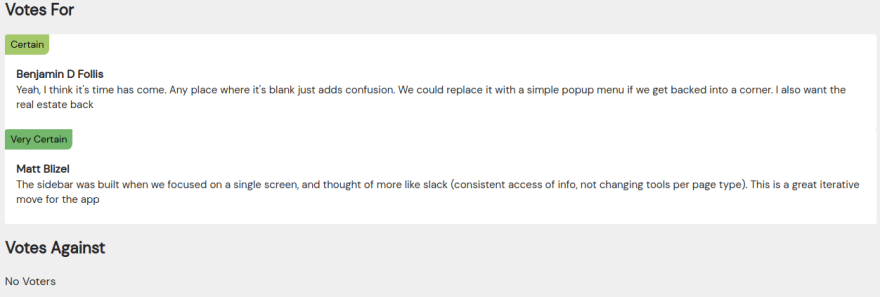
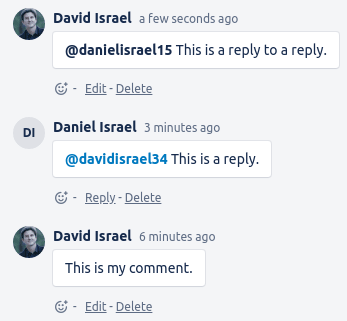




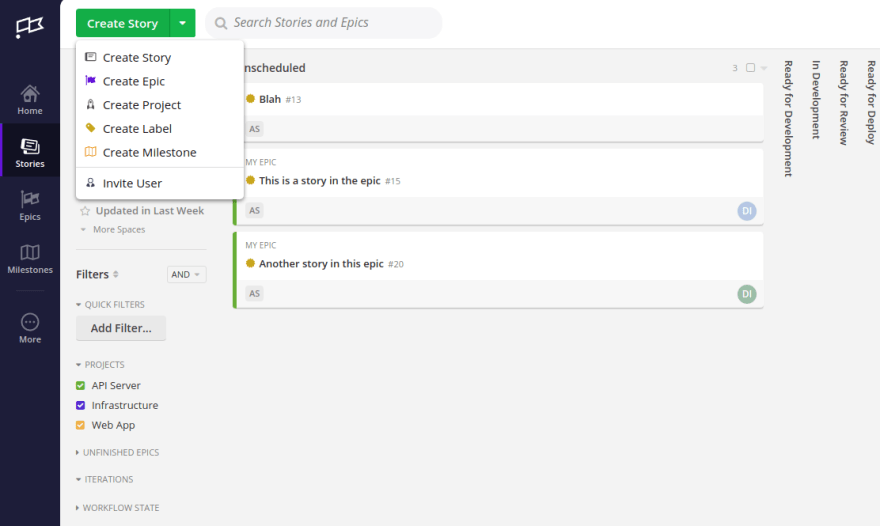

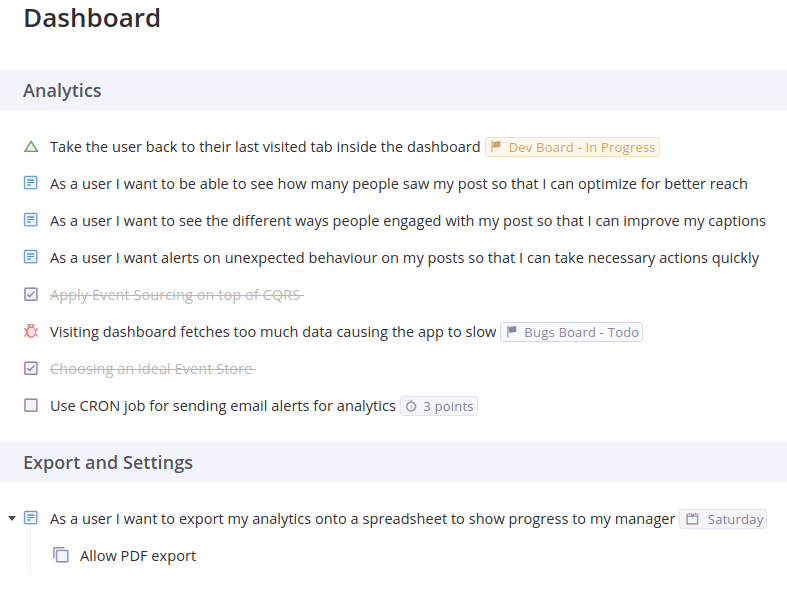
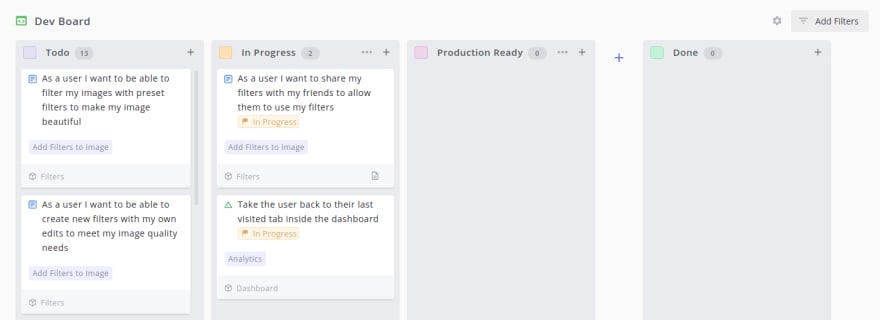


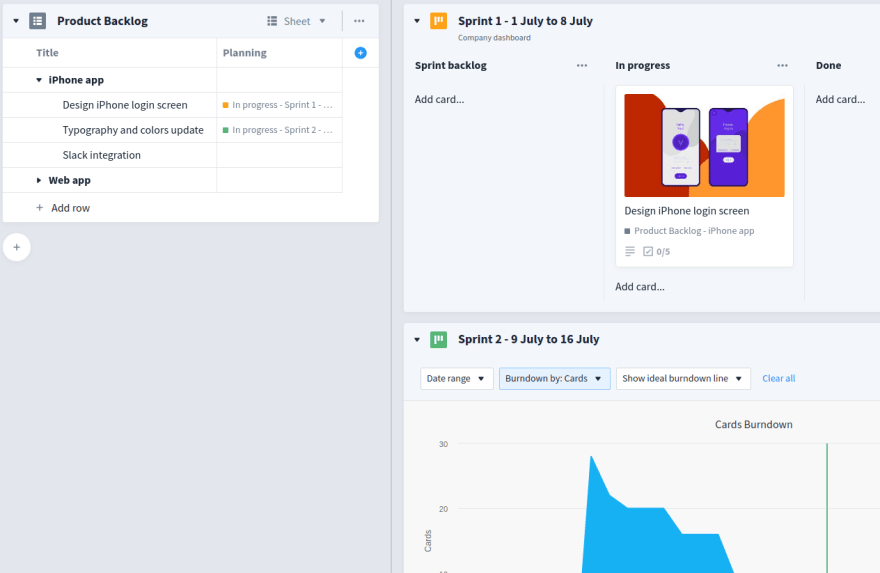
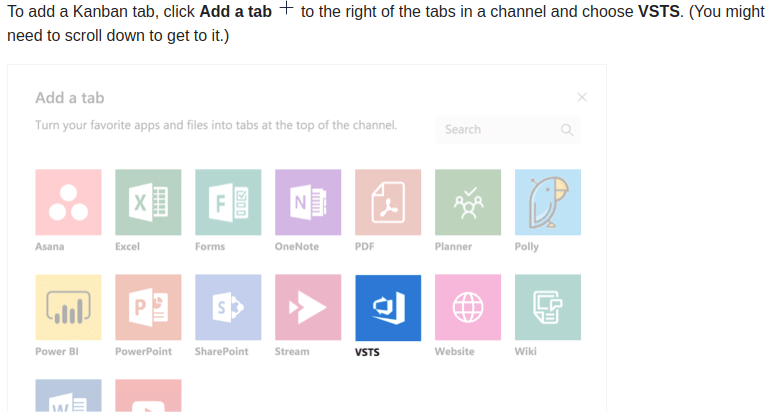





Top comments (0)